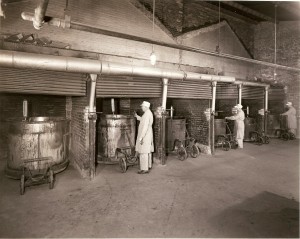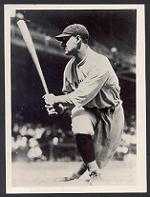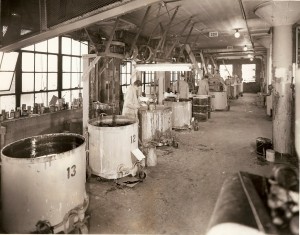Next week, Painting in Partnership’s craftsmen will be completing work on a green painting project. Because of the environmental sensitivities of this client, the specs called for only the cleanest of products. For the kitchen’s wall surfaces, we settled on Bioshield’s Clay Paint.
Clay is one of the oldest and safest building materials available. Clay paints create a pleasant room climate because of its breathability and its reputation as an odor reducer.
Bioshield’s clay paints are made of naturally occurring clays. Different clays provide color and body for the paint. Clay paints also have other advantages such as low drip and splash factors. Two coats will produce the best result.
In this case, our client wanted more than just a uniform color on her walls. To meet her need for a softly mottled look for her walls, we experimented with stainless steel trowels in the creation of clay paint decorative finishing technique. It consists of rolling one coat of the base color clay paint and letting it dry. We then roll a second of the same color and then, while still wet, we randomly brush on two other colors. Using a trowel, we then artistically blend the three colors for a soft, rich look.
This project is an example of Painting in Partnership’s commitment to our clients’ sophisticated needs for both a safe home environment and good color design.








 Follow
Follow







